Little seems to have changed at Paddington. The old Great Western Railway’s grand London terminus still sees a parade of High Speed Trains and Turbo DMUs plying to and from its great trainshed.
Internally, the HSTs have been refurbished but there’s little different inside the Turbos today than a passenger saw a decade ago. Outside, it’s true that the fleet now carries First Great Western’s blue livery in place of Thames Trains’ and Network SouthEast’s colours. The HSTs, too, are in FGW blue, just the latest in a line of liveries they’ve worn since privatisation.
In many ways, this lack of change summarises the railway a decade on from the terrible crash at Ladbroke Grove, 11⁄2 miles from Paddington. Ten years ago, the crash appeared to have a profound physical effect. Now it seems much less obvious. Time heals.
Ladbroke Grove remains the privatised railway’s worst accident. With 31 deaths and several hundred injuries, it prompted a public inquiry, chaired by Lord Cullen, and several weighty reports. It produced fundamental changes and accelerated key safety projects put in hand after 1997’s accident at Southall, which killed seven passengers and was also caused by a train passing a red signal.
At the Rail Safety and Standards Board, Chief Executive Len Porter comments on Ladbroke Grove and its effect: “Not a lot stayed the same. It was a bit of a turning point but I think Hatfield was more of a turning point.” (Hatfield took place a year after Ladbroke Grove and, while it only killed four people, its effects were far-reaching and eventually led to Railtrack collapsing.)
Continues Porter: “Ladbroke Grove was a complex accident, Hatfield was a huge problem for the industry.”
Porter contends that Ladbroke Grove highlighted an overall system failure involving track and train operators. It also highlighted how little the railway’s management understood safety risks.
He explains: “When Lord Cullen asked Gerald Corbett: ‘who is responsible for safety on the railway system’, after quite a long pause Gerald said: ‘Well, I suppose it’s me.’ And then, unfortunately having led with his chin, he was then asked: ‘How do you ensure that you discharge your responsibility for management of safety on the railway as chief executive of Railtrack?’ And he was roasted on that one because he couldn’t explain why. And that’s because, certainly from an engineering point of view, the railway didn’t understand how to manage its risk.”
Since then safety cases have become better understood (they were introduced after British Rail’s 1988 Clapham accident that killed 35 people) and more complex safety management systems have been introduced. These systems would have allowed Corbett to answer Cullen’s question.
Having a better understanding of where safety risks lay allowed investment to be placed for best effect in reducing these risks. This led to new trains replacing Mk 1 coaches and the introduction of TPWS (Trains Protection and Warning System) to reduce the chance of signals being passed at danger.
Porter’s deputy, Anson Jack continues: “There’s no doubt that the investment that has taken place in the industry has probably made the single biggest difference, as you look at the risks coming down. It’s new kit, and every time new kit is installed to modern standards the risks come down.”
It’s because much of this kit is unseen by passengers that they see little different at Paddington. As you accelerate westwards you’ll not see a completely new signal to replace the one passed at red on that fateful morning. You’ll not see that it’s an LED signal, and better placed for drivers to see it. You’ll probably not realise that as an LED signal it’s far less prone to failure (no bulb to blow) nor that this means it and similar LED signals elsewhere are safer because no one has to walk along the track with that spare bulb.
Also unseen is TPWS, which reduces the risk from signals passed at danger (SPADs) by applying the brakes if a train approaches a red signal too quickly or if it passes that red signal. TPWS is not a product of Ladbroke Grove, indeed the contract to deliver TPWS was signed just days after the accident, extensive testing having taken place on Thameslink (RAIL 359).
From the point of view of SPADs, one of which was the direct cause of Ladbroke Grove, the fact that today’s answer was already developed by the time of the accident points to that tragic day being a stepping stone on the route to improved rail safety rather than a turning point - despite the intense media storm that erupted after the accident and despite the comments bandied around by government of stripping Railtrack of its safety responsibilities.
Not all railway staff are well-placed to see the difference caused by their industry’s greater understanding of risk. Traincrew certainly have, as new stock has entered service. Drivers’ cabs are designed with ergonomics in mind (there is still more work to be done here, such as fitting air-conditioning to Class 66s), while more work is needed to examine the effects of fatigue, training to improve communications with signallers, and more use of simulators to practice procedures and assess competence.
Signallers, too, see differences. As with drivers, there’s more monitoring and work to assess competence. For track staff, there’s more automation and real-time monitoring of the track.
Porter admits there’s a gap
between top level safety management and what happens at ground level: “Interestingly, the person on the ground wouldn’t see it specifically or immediately in what he was doing, because he would still be doing the same work. But the work programmed, the maintenance management system, would cause him to be doing things organised in a different way. So you’d be doing the same work, but the way the maintenance was prioritised would be different.”
It was Ladbroke Grove and reports from Lord Cullen that provided another burst of
momentum in changing the way risk is managed. Cullen had the railway move from prescriptive rules and procedures towards thinking about risks and working to control them.
In many ways this was a difficult change. No longer could a set of rules be followed. In their place came the need to fully understand what was happening and think about how to reduce risks on a case-by-case basis.
Closer to ground level, and away from boardrooms and offices, prescriptive rules still held sway. Contained in the railway’s bulky Rule Book are lists of dos and don’ts. This is now to change. The Rule Book is being rewritten in what Porter describes as a huge project - “a root and branch review”.
He says: “I think the industry has recognised that it’s just not appropriate to pile up more and more paperwork in the direction of your average guy on the ground. The objective is to change the rule book considerably. It will be smaller. It will be lighter. And it will give people direction as to what they need to do without actually telling them ‘you must do this’ by rote. So, just because the rule book doesn’t say ‘you have to do it like this’ doesn’t mean you can’t do it.
“That is going to mean that your average person on the ground, working on the track, for example, will have to be more competent. This is a competence-based approach so we will have to say to people ‘we will give you more training, we will give you more help, we’re going to try and improve your competence so that you can take some of these decisions on your own. You know best how to produce a safe system of work. We will give you some generic high-level rules and then you work it out from there’.”
This change will be as fundamental and as difficult as the change to safety cases has already been. It provides for safety to be closely tailored to each situation. It holds out the hope that some work can be done more cheaply, but points also to other work being more expensive (all depending on the circumstances) and will bring a considerable burden to those planning trackside work, for example.
Coupled with Network Rail’s moves towards increasingly automatic inspection techniques and mechanised plant for maintenance and renewals, it will likely lead to fewer but more highly-skilled staff working on the tracks.
No SPAD fatalities
“Since Ladbroke Grove there hasn’t been an accident as a result of a SPAD. There hasn’t been a single fatality or serious injury. I think that’s a key statistic,” says Porter.
Expanding on this theme into more general railway safety, he is keen to compare Britain’s performance with that of railways overseas.
“We all think - certainly the general public often think - that the European administrations are perhaps better than GB rail for whatever reason. While we at RSSB have a great deal of respect for our European counterparts, the bottom line is that safety performance in GB is better than France or Spain or Germany.
“If you go back and research where the major accidents have been that have been the fault of the railway, they’ve been in Italy, in France and in Germany. So GB rail is not performing badly. I think as an industry we don’t often get, or try to get, those points across to the general public. I wonder even sometimes whether our own rail sector realises it.”
At this point, Jack quickly jumps in: “But we don’t want to be complacent.” He cites the collision between a passenger and freight train in Los Angeles in September 2008 in which more than 20 people died. The investigation found that the passenger driver had passed a signal at danger while texting on a mobile. Jack says it made Britain’s rail industry wonder whether it was doing enough to prevent mobile phones being a distraction, especially as most train operators give one to their drivers.
In the decade since Ladbroke Grove, the risks associated with SPADs have fallen by 85%, although RSSB openly admits that still leaves 15%. Much of the reduction has come from TPWS that was being rolled out even as Ladbroke Grove’s accident took place. Improvements have also come from better signal sighting, better investigations (all serious SPADs are investigated) and better training.
Just as Los Angeles demonstrated how risks today can differ from risks yesterday, so serious SPADs can still take place, as the near miss at Didcot in August 2007 showed (see panel).
Porter comments: “Potentially high-risk SPADs do still occur. Given that you have 20,000 signals, there are still about 18 of those high-risk SPADs a year. That is the 15% we still have to manage.”
Didcot makes clear Anson Jack’s point when he says: “We all know that TPWS does not eradicate the risks. The Government and the Health and Safety Executive looked at installing ERTMS to do that and the balance of costs versus the benefits was hugely out of proportion. ERTMS is now purely a business case-driven thing and will take 40 years to install.”
His next point gives a good example of the railway industry not simply completing a project, in this case TPWS, but continuing to look at improvements and risks. “The industry now recognises that TPWS is going to be with us for much longer than originally expected and, as we sit here, work is going on to identify what steps the industry needs to take to manage and nurture TPWS, given that it’s a long-life system not a short-life system.”
A glance at RSSB’s busy graph showing how railway safety risks have changed over the past decade makes clear the reduction in SPAD risk. It also clearly shows what risks remain. Porter comments: “SPADs were once the primary risk. As that risk dropped, others came through as primary risks, which is why level crossings are now the primary risk. Of course, the risk with level crossings is from pedestrian and road user abuse.”
In this, he echoes an powerful statement from Jack, who says: “Of the recent accidents that have happened in this country, Ufton and Heck were both accidents where the road sector strayed into the railway environment and caused loss of life for passengers. Since Ladbroke Grove, road users have caused more deaths on the railway than the railways have.”
Level crossings, and foot crossings, occupy the strange position of being the railway’s biggest risk and yet one of the road sector’s smallest risks. The result is that while rail is keen to act, local councils (responsible for local roads) have far more pressing problems.
Yet level crossing accidents attract headlines. In RAIL 627 we reported the death of an elderly car driver in Wales and a young child near Peterborough in two crossing accidents, and newspapers in the Salisbury area have reported a car out of control and landing on a railway, to be hit be a train, as a railway accident rather than the road accident.
So does this leave Cullen’s reports on the shelf, having served their time and purpose? Porter isn’t convinced: “I would hesitate to say Cullen is part of the archive. It is part of the archive - I’ve archived it from my files because I think we’ve moved on - but there are occasionally times when you need to remind people that that was a pretty serious incident and if this thing has been done it’s been done for these reasons. We still refer back to issues surrounding Hatfield and Ladbroke Grove from time to time.”
For Jack, Cullen is not so much about tomorrow’s railway as part of the foundation of today’s. And like many foundations, it’s hidden from view and largely outside daily thoughts.
“In the event of anything happening, no one would want to be in the situation where they were seen to have gone in the opposite direction from a Cullen recommendation unless they had gone through a good process to work out that that was the right thing to do,” he summarises.
Plenty has been learned over the past decade and it leads Len Porter to say: “Wherever we look at the moment risk is low - very low,” before adding: “The railway has a very good story to tell.”

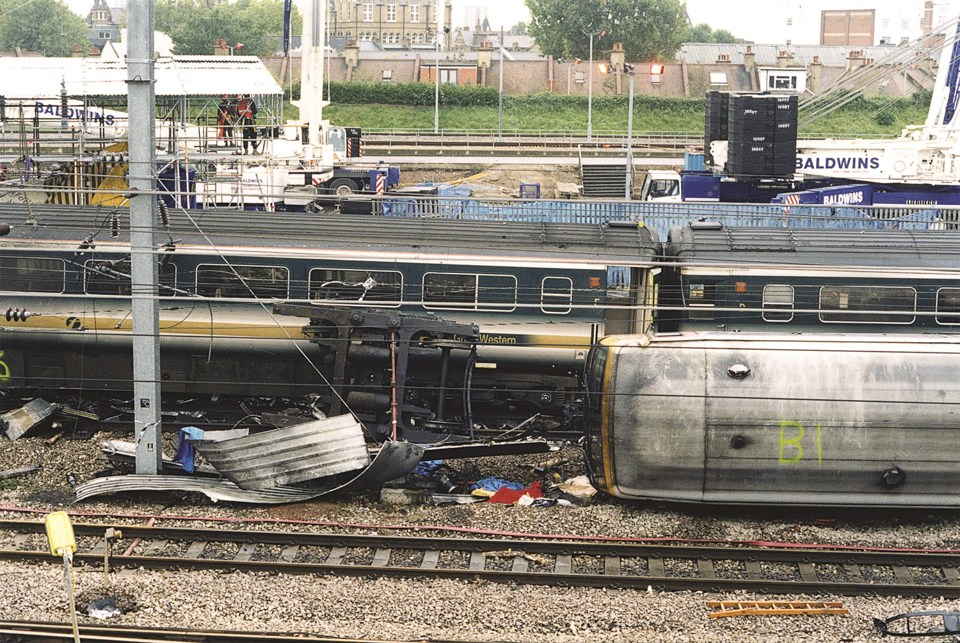
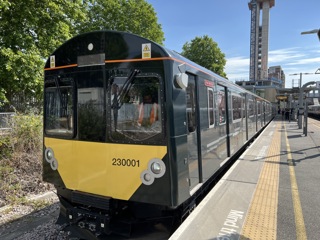
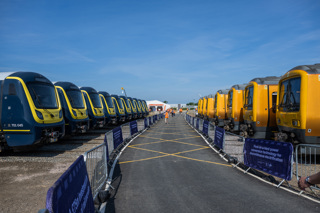
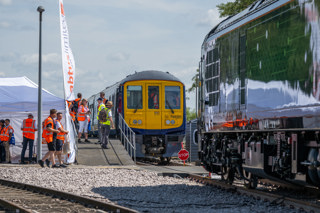




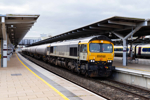
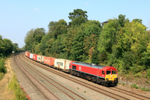
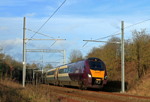
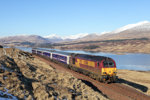

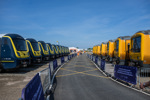
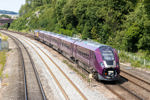


Login to comment
Comments
No comments have been made yet.